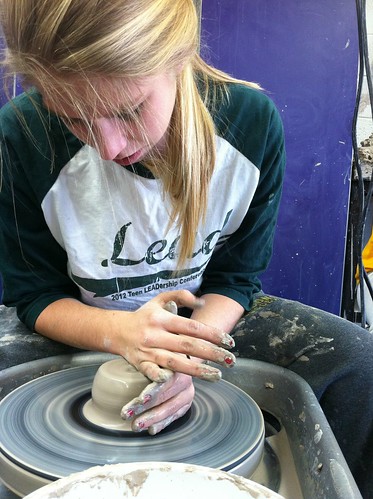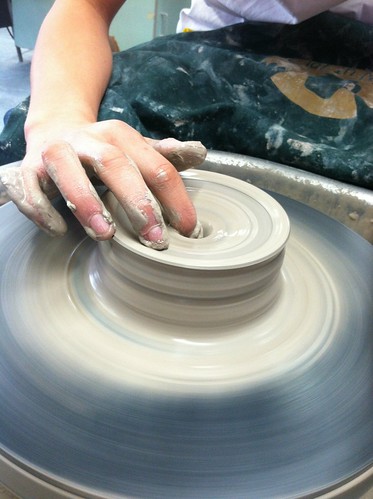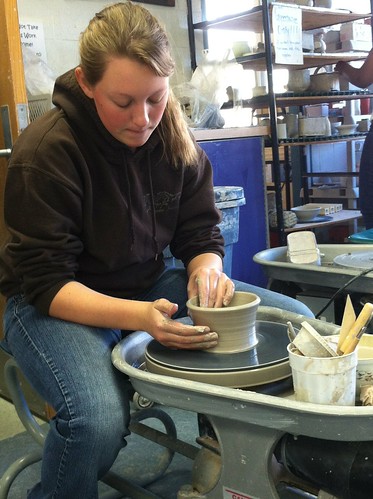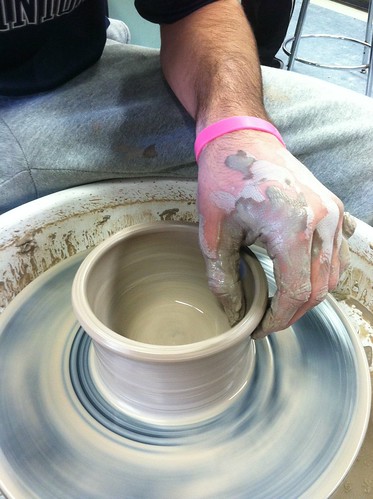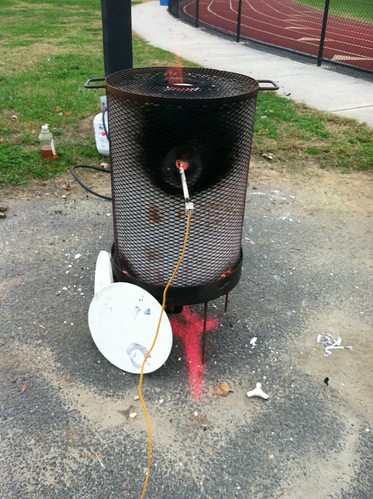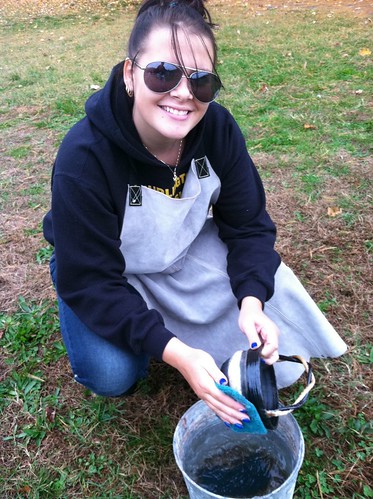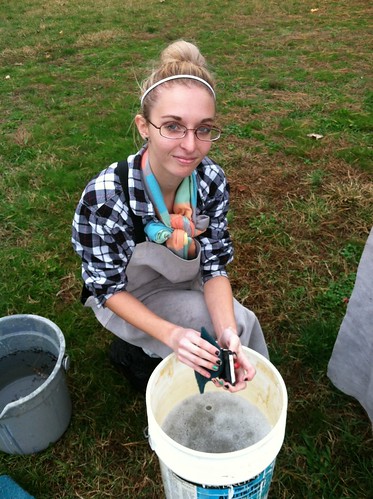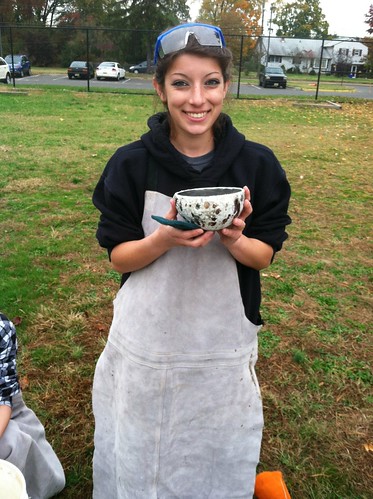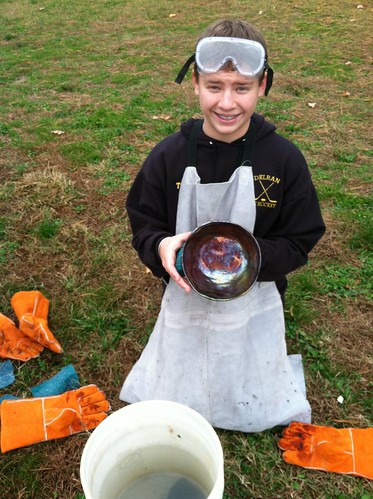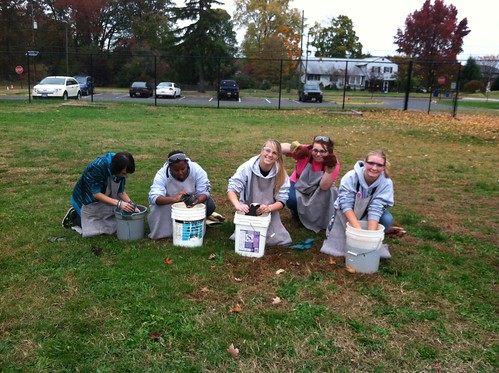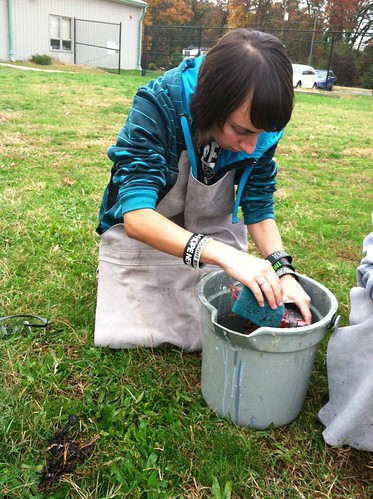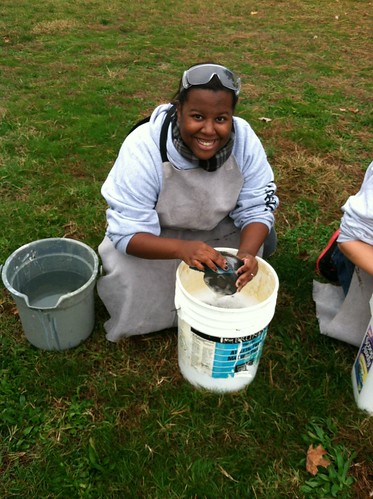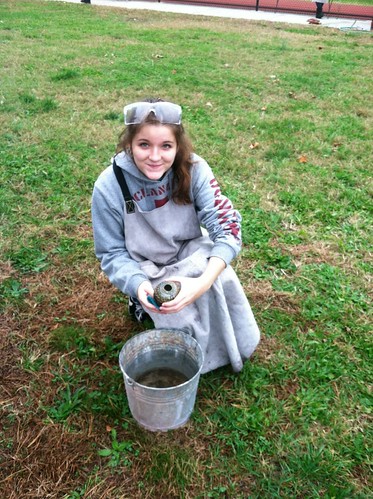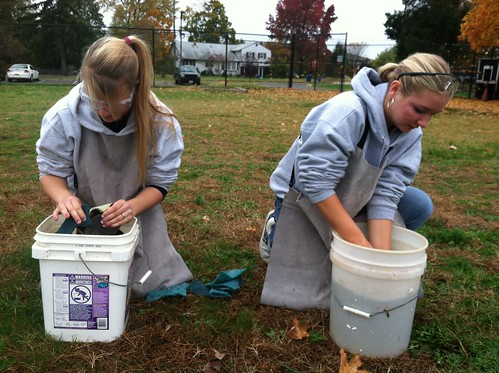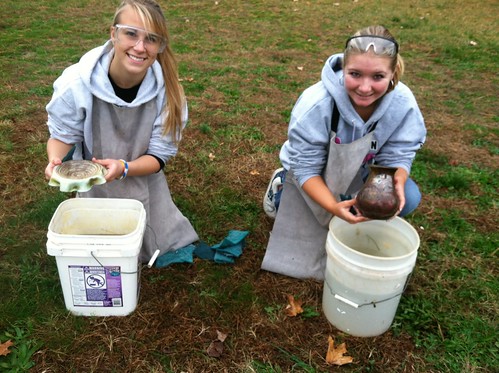The Ceramics 1 students have begun throwing on the potter's wheel. They are focusing on centering the clay and throwing a six inch cylinder. Some students have advanced to bowls, vases, and mugs.
Thursday, December 20, 2012
Monday, December 3, 2012
Faux Mosaic Tile
Students are creating 6”x6” faux mosaic tile using any theme
of their choice. The tile must lie flat
and have accurate measurements. They may
choose another shape, however it must be comparable to 6” x 6”. The faux mosaic must be divided into at
least 10 sections and be ¼ inch thick.
All surfaces must be covered in texture.
These are some examples shown in class as well as a tutorial from Ceramic Arts Daily.
These are some examples shown in class as well as a tutorial from Ceramic Arts Daily.
Between the Lines: Grouting Tiles, Mosaics, and Tile Installations for a Visually Pleasing Effect
 |
| Sample Image |
 |
| Sample Image |
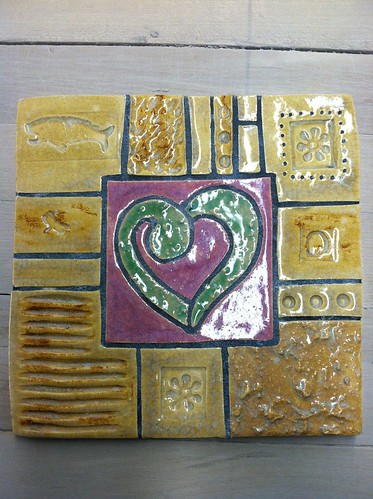 |
| Sample Tile |
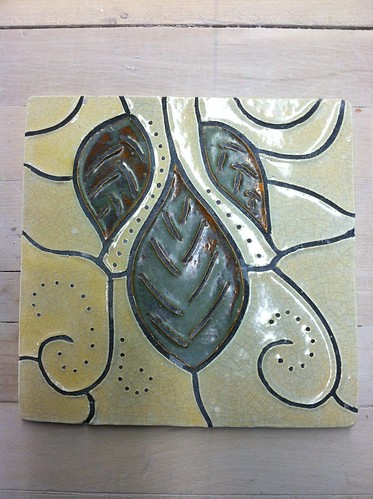 |
| Sample Tile |
Tuesday, November 20, 2012
The Burlington Exchange - Raku firing with Northern Burlington County Regional High School
Raku is an advanced glaze firing
technique which uses the reduction process. In most high schools it is
the art teacher who typically fires an electric kiln. Students are rarely involved in this process because it is executed over many hours during the school day. What makes the Raku practice innovative is that ceramic students are able to execute the entire process, and are present at the moment the pots emerge from the firing to critique the results. This is an exciting and enriching opportunity for high school students, and this experience is inspiring for all who witness it, due to the immediacy of this firing process and the spectacular results typical of Raku pottery. The ceramic student, who is a creator of Raku pottery, leaves the firing experience with an enthusiasm for many exciting potentialities for future artwork.
This year, Ms. Kirchner, ceramics teacher from Northern Burlington County Regional High School, participated in a firing with her advanced class. These students took a field trip to BTHS and were paired up with ten of our Ceramics 2/3 students. BTHS students helped facilitate a Raku firing along with myself and Ms. Kirchner. This provided the advanced Ceramics students the opportunity to take a leadership role in the creation and teaching of Raku ceramic art, as well as demonstrate their understanding of the Raku process.
This year, Ms. Kirchner, ceramics teacher from Northern Burlington County Regional High School, participated in a firing with her advanced class. These students took a field trip to BTHS and were paired up with ten of our Ceramics 2/3 students. BTHS students helped facilitate a Raku firing along with myself and Ms. Kirchner. This provided the advanced Ceramics students the opportunity to take a leadership role in the creation and teaching of Raku ceramic art, as well as demonstrate their understanding of the Raku process.
| BTHS & NBCRHS - Raku Firing |
 |
| Northern Crew! |
| BTHS & NBCRHS Besties! |
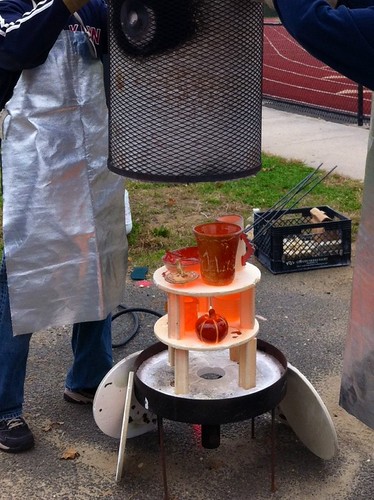 |
| Raku Firing |
| Raku Firing |
| Raku Firing |
| Horse Hair Pottery |
| Horse Hair Pottery |
| Horse Hair Pottery |
| Raku Firing |
| Raku Firing |
| Raku Firing |
| Horse Hair Pottery |
| Horse Hair Pottery |
| Horse Hair Pottery |
| Horse Hair Pottery |
| Horse Hair Pottery |
| Horse Hair Pottery |
| Raku Firing |
| Raku Firing |
| Raku Firing |
| Finished Work |
| Finished Work |
| Finished Work |
| Finished Work |
| Finished Work |
| Finished Work |
| Finished Work |
Sunday, October 28, 2012
Raku Firing
What is Raku pottery?
Raku pottery is created with a specific ceramic firing process that uses both fire and smoke to create unique patterns and designs. The piece is first bisque fired, then it is glazed and undergoes a raku firing process. The firing process requires a special raku kiln that is fueled by propane and reaches temperatures of about 1,800°F (about 982°C).
In order to complete the firing process, the pottery must remain in the kiln for approximately 30 minutes. It is then removed from the kiln using specially designed raku tongs. While the raku pottery piece is still hot and glowing, it is placed inside a metal can full of combustible materials. The heat emitted from the pottery causes these materials to catch on fire.
As the fire consumes the oxygen within the can, it also draws the oxygen out of the pottery and its glaze. This process is called post fire reduction. It this stage that creates the unique look of raku pottery. The resulting patterns and colors are unpredictable, as they are created through the natural process of oxygen removal. (http://www.wisegeek.com/what-is-raku-pottery.htm)
Pottery is loaded into a small kiln.
It is fired to 1800 degrees F.
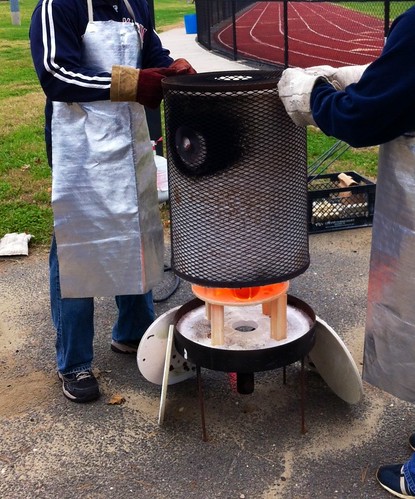
Once we reach maturing point, the lid is slowly removed.

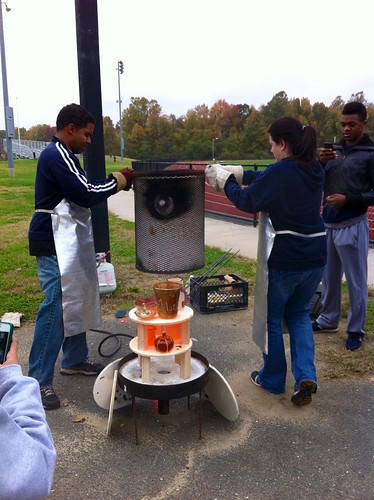
In the mean time, students have prepared metal cans with combustible materials, such a paper, leaves, and pine needles.
Using metal tongs, the hot ware is removed and placed into the metal cans.
The hot ware ignites the combustible material.
A lid is placed on the can to begin the reduction process.
10 to 15 minutes later the lid is removed.
Using tongs, the pottery is taken out of the can.
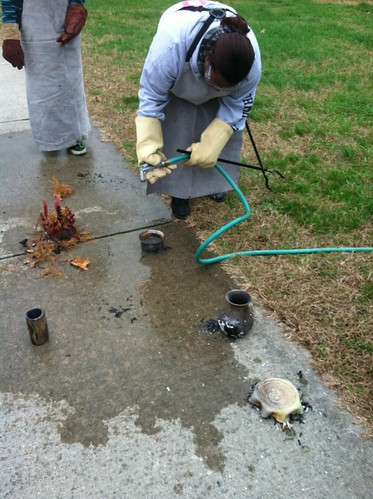
Water is used to cool the pot and stop the process.
Subscribe to:
Posts (Atom)



